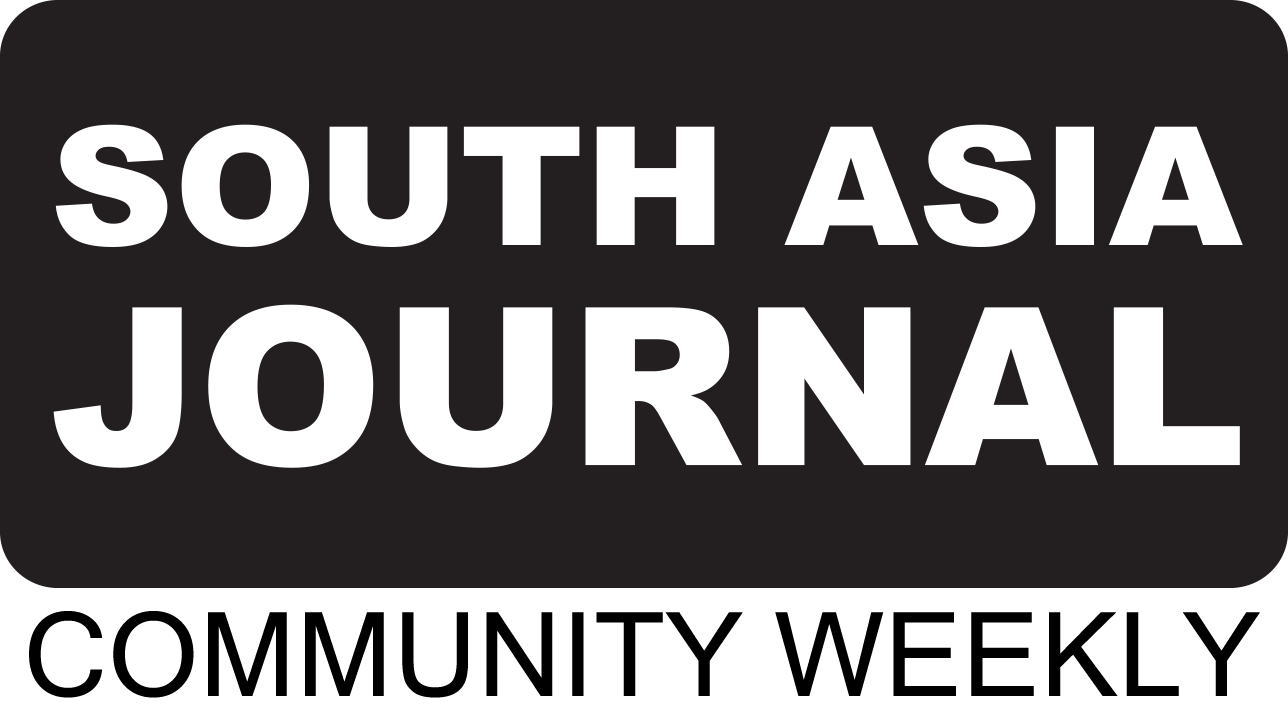UNICEF GENEVA PALAIS BRIEFING NOTE ON THE IMPACT OF FLOODING IN SOMALIA ON CHILDREN AND FAMILIES AND UNICEF’S RESPONSE
Sathia Kumar
“I made an appearance here in September of the previous year to inform you of the devastating effects that the drought in Somalia was having on families and children. Somalia was in for a sixth season after experiencing five seasons without rain.
“A statement of starvation, which was anticipated last year, and would have been an affirmation of our most terrible feelings of trepidation for kids, has fortunately been deflected.
“Nonetheless, and in a severe yet maybe unforeseen incongruity, the appearance of the downpours has brought hopelessness for some kids and families. Over 400,000 people have already been displaced as a result of flooding this year. Philanthropic accomplices presently foresee that should weighty downpours go on in Somalia and in the Ethiopian high countries through the ebb and flow Gu season, streak and riverine floods could influence up to 1.6 million individuals.
“Last week, I was in the Hiran region in the town of Beletweyne, where nearly 90% of the residents have been displaced by flooding. Food, clean water, and shelter are among the few necessities that flood-displaced families can access. I met some of them presently living in transitory asylums, they let me know that they are accustomed to flooding however never to this scale or seriousness. They lost their daily incomes as a result of the damage to their homes and latrines, the closure of schools and medical facilities, and some are now resorting to skipping meals or seeking loans from retail establishments.
“Around 12 towns are totally segregated and must be reached by boat. Support is already being provided by local government and organizations like UNICEF, but the level of needs is much higher.
“The world’s attention has been diverted, and this will be at the expense of children in countries like Somalia because there is so much suffering that dominates global headlines. While we are moving toward June, the Somalia Compassionate reaction plan is just 26% supported. The plan’s Water, Hygiene, and Sanitation Cluster only receives about 11% of its funding, posing a threat to the provision of clean water and sanitation at a time when cholera and malaria are at high risk of spreading.
“So, what can we learn from the situation in Somalia?”
“First: it recounts to us that Somalia’s story – and the test confronting an age of kids experiencing childhood in the nation – isn’t just about dry seasons or floods, it is an environment crisis. Despite having the least impact on climate change, Somalian communities are suffering the most. People’s coping mechanisms have been undermined by the severity and frequency of the droughts and floods.
“Second: Philanthropic financing should be frontloaded and adaptable to address prompt lifesaving needs and go past that to reinforce the strength of networks. Long-term solutions and localization investments must accompany humanitarian funding as well. In order to offer communities a chance to break free from this downward spiral of humanitarian crises, the international community must assist Somalia in obtaining climate financing, investing in livelihoods, and supporting climate adaptation. Public accomplices – the public authority, and nearby NGOs, – should be at the front of the reaction since they are the specialists on call and have better admittance to individuals out of luck.
“Third: It demonstrates to us that success in Somalia is possible, despite the difficulties. When famine threatened to destabilize Somalia and undo years of laborious work, the international community stepped in, albeit slowly at first. Help associations increased their determination and starvation was turned away. To maintain that success, moral and strategic considerations are necessary.
“The international community must maintain support, increase support, and not withdraw at this time. Another human catastrophe is just one failed rainy season away from occurring in Somalia and other countries in this region. This one will once more be measured in the lives and futures of children.





